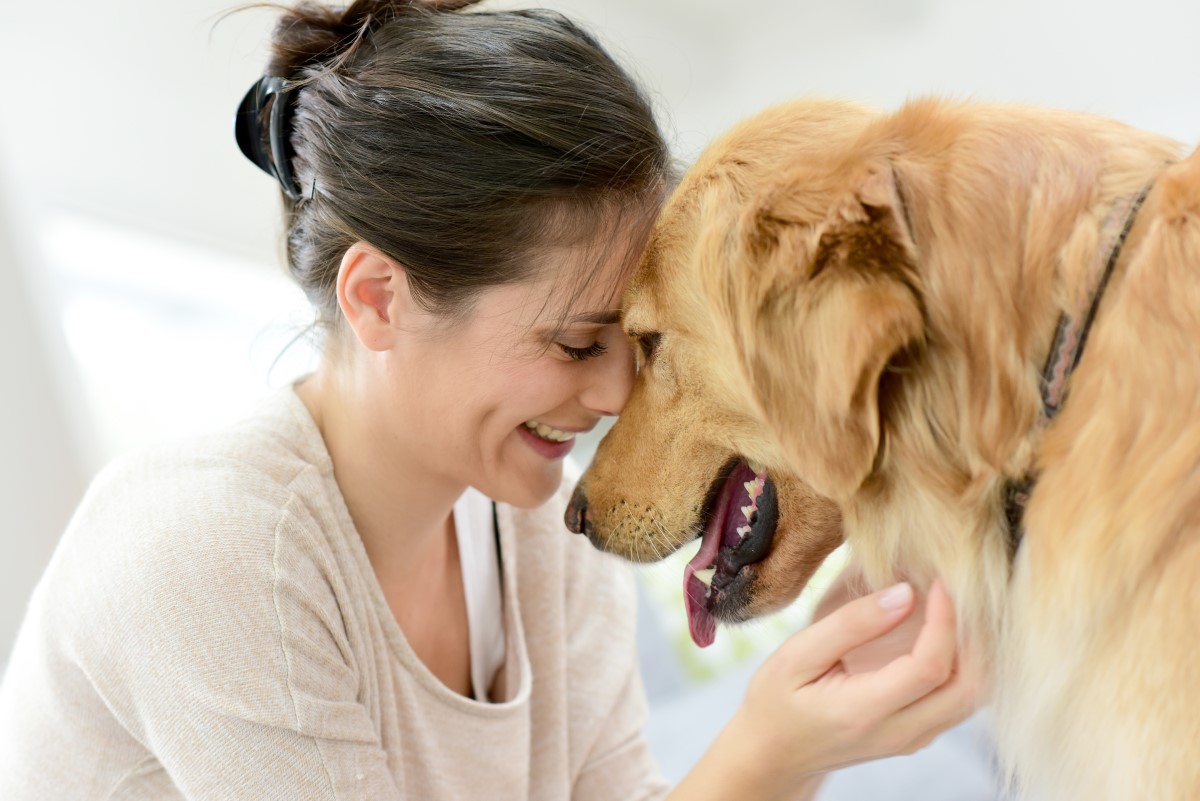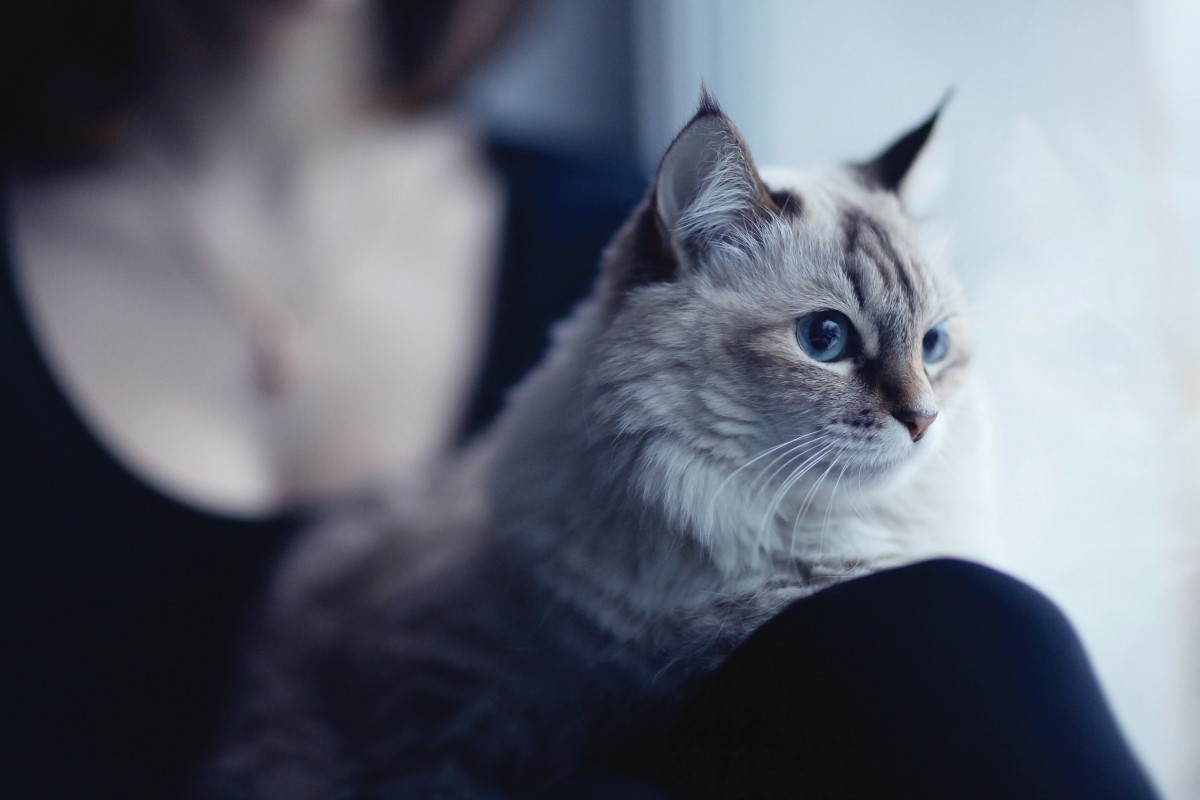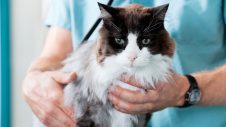What is euthanasia?
Euthanasia literally means ‘good death’ and refers to a quiet, gentle and painless way of dying. The decision to end your pet’s life is never easy. The decision is often personal, and it takes courage to perform this difficult duty for a pet whose quality of life has deteriorated. It could be thought of as your last responsibility to a pet who has given you so much unconditional love and companionship over the years. Every pet owner can experience grief, relief, guilt or simply a practical approach of necessity when it comes to euthanasia decisions. It isn’t unusual to feel a combination of such emotions. There is no wrong way to grieve over the loss of a pet, and there are no right or wrong decisions.

How will I know when it is the right time?
It can be difficult to know when the ‘right’ time is. Your veterinary team is an invaluable source of advice and support if you feel the time for euthanasia may be approaching. Often, we have discussions around euthanasia several times before we proceed.
Although your veterinarian cannot make the decision for you, they can help guide you during this time.
As a very general guide, here are some points you may want to consider when trying to make this tough decision:
- Is your pet in pain or showing other signs of discomfort (such as being unwilling to eat or reluctance to stand) that medical treatment cannot alleviate?
- Do you feel your pet has more ‘bad days’ than ‘good days’?
- Is the treatment of your pet’s condition no longer possible?
- Does your pet still enjoy the things they used to, such as walks, playing with toys, spending time with family, and food?
- Does your pet have a condition that is progressing despite veterinary care?
- Is your pet regularly disoriented or confused about where they are?
- Is your pet anxious or experiencing a worsening of anxiety with their condition?
- Is your pet distancing themselves from their family or isolating themselves and not wanting to engage with family members or show affection as they once used to?
Helpful tools
Below are some examples of what else you can do when you are deciding:
- Keeping a journal or calendar entries on good and bad days your pet is experiencing.
- Looking at old photos and videos.
- Listing activities your pet likes to do and has an interest in; this includes spending time with family.
- Speak with your vet. Our veterinary team is an invaluable source of advice when you feel the time for euthanasia may be approaching. Your vet cannot make the decision for you but can help you decide when is the best time to let go.
How does euthanasia occur?
Humane euthanasia is a procedure performed by a veterinarian wherein the pet is given a concentrated anaesthetic that makes them fall asleep initially and become unconscious before their heart stops beating. Most commonly, this is administered by an injection into a vein, with the aim of this medication being to provide a smooth and stress-free passing.
It is common for veterinarians to give pain relief and/or sedation as part of the process to make it as stress-free as possible for the pet.
Do I want to be present?
Choosing to be with your pet or not during euthanasia is a deeply personal decision. There is no right answer. Your local Greencross Vets team will support you in whatever you decide.
Some owners prefer not to see the moment of their pet’s passing and would rather say their goodbyes and leave their pet with the vet team to perform the procedure. The vet teams are deeply passionate about animal care and will ensure the whole process is as stress-free as possible, regardless of whether owners choose to stay or not.
Some owners may wait in the waiting room during the procedure, then briefly view the pet after they have passed away for their final goodbyes, spending a few moments in private with them.
Some owners feel very strongly about being by their pet’s side to the very end. Whatever decision you make is the right one for you.
Choosing to be present
If you do decide to be present, your pet can sit on your lap, or you can feed them their favourite treats as euthanasia occurs. We will accommodate you as best we can to make the process as stress-free as possible for you and your pet.
It is important to be aware that you may see the following after your pet has passed away. Once your pet has passed away and the heart has stopped, there are some final nerve impulses that occur as the body and nervous system shut down, plus all their muscles will relax. Sometimes, during this process, they may lose control of their bowels and bladder, their muscles may also spasm, and you may see some muscle twitches. Sometimes, pets can do an open mouth motion that looks like a ‘gasp’, which may be confronting to see but again it is important to remember this is purely caused by the final nerve impulses after the heart has stopped.
Please know that these are all involuntary movements as the nervous system shuts down and occur after your pet has passed away, so they are not in any pain or discomfort at any stage. It is also worth noting that the majority of animals will keep their eyes open after they pass; this is normal.
What happens after euthanasia?
After your pet has passed away, you will have some options regarding afterlife care – namely home burial and cremation.
Some pet owners may want to bury their pets at home, but please be aware that local councils have restrictions on this.
There are several pet cremation and burial services available. These services can collect your pet from your home or the clinic immediately after euthanasia. Specific pet burial grounds are available, or the ashes can be returned to you. All registered and reputable pet cremation services are legally obliged to return only the ashes of the pet specified. Most will let you visit the cremation centre on request if you would like to see the facilities. For more information on local cremation services, please talk to your veterinary clinic team.
Another option, if you do not wish for your pet to be returned to you, is to ask the veterinary team to arrange the aftercare, which is usually cremation without ashes being returned.
Our clinics use the services of a registered cremation company.
Either the vet team or cremation company can also collect paw prints and locks of hair and remove collars and other personal items as owners request. Ask your local vet team about what pet remembrance services are available.
We will always treat your pet with care and compassion at every stage of the euthanasia journey.

Will my other pets grieve?
This is a common question, and pets are very observant and instinctual. They will often show a change in behaviour in the absence of a companion. Pets that live in the same household often form a strong bond with one another, and the pet left behind will grieve in its own way.
You may need to give your grieving pet some extra love and attention to help them through this tough time, and in turn, the love and affection you get back can be wonderfully healing for your own grief.
Dealing with grief, sadness and all that comes with the loss of a loved one
It is perfectly normal and acceptable to cry and express your feelings, as this is a very sad time for you and your family. There is no getting used to euthanising an animal, even if you have lost many in your lifetime, and there is no way to prepare yourself enough not to feel upset during this time. You may feel uncomfortable around the veterinary team, but please don’t! They often form strong bonds with the pets in their care, and we understand what your pet means to you. More often than not, we have experienced similar loss and the wonderful bond that can be shared between people and their beloved pets.
Different people experience grief in different ways. Besides sorrow and loss, you may also experience the following emotions:
- Feelings of guilt are a normal part of the grieving process and may occur if you feel responsible for your pet’s death. It is pointless and often erroneous to burden yourself with guilt for the accident or illness that claimed your pet’s life and it only makes it more difficult to resolve your grief.
- Denial makes it difficult to accept that your pet is really gone. It may be hard to imagine your pet won’t greet you when you come home.
- When a new pet is introduced, feelings of disloyalty to your previous pet are often experienced.
- Anger may be directed at the illness that killed your pet, the driver of the speeding car, or even the veterinarian who “failed” to save your pet’s life. Although sometimes justified, when carried to extremes, anger can distract you from the important task of resolving your grief.
- Depression is a natural consequence of grief, but it can leave you powerless to cope with your feelings. Extreme depression robs you of motivation and energy, causing you to dwell on your sorrow.
- Many pet owners are self-critical of themselves. They may have unhelpful thoughts like “It is silly to feel so upset; it was only a cat” or “Losing a dog shouldn’t hurt this much”. Helplessness and even clinical depression can result.
Professional counselling may be required and is always something we encourage if you are struggling. The emotional roller-coaster of grief can be a very confusing and traumatic time, and no two people respond the same. It is important to seek support from people who are sensitive and understanding of this particular issue in your time of need. We form close bonds to our pets, and we have the right to feel sad at their loss.
To help deal with the sad times ahead, doing something to help honour a beloved pet’s memory can be very helpful to the healing process. Some suggestions for personal remembrance of your pet include:
- Save a bit of your pet’s fur and request paw prints to be collected as a physical remembrance of your special friend.
- Create a paw print painting or clay sculpture.
- Plant a tree or plant in honour of your pet.
- Take lots of photographs before saying goodbye and spend time making a photobook.
- Create artwork or paintings from a photograph.
- Scatter ashes in a favourite place.
- Hold a candle ceremony.
- Leave a message on an online memorial site.
- Some pet owners want their pet to be buried or cremated with their favourite blanket, toy, collar, a few photos, a rose or even a personal letter or poem.
- Hold a remembrance party as a celebration of your pet’s life before saying goodbye.
They’re your best friend; you can do anything you wish to ease the transition of separation.
Sometimes, the grief experience is overwhelming and can make everyday life unmanageable. Professional counselling can help support you through this period.
We’re always available to talk to you about your loss and can provide advice on professional counsellors. If you are in need, please do not hesitate to reach out for support – Lifeline 24- hour counselling service (13 11 14, www.lifeline.org.au).

 Greencross Vets
Greencross Vets 









